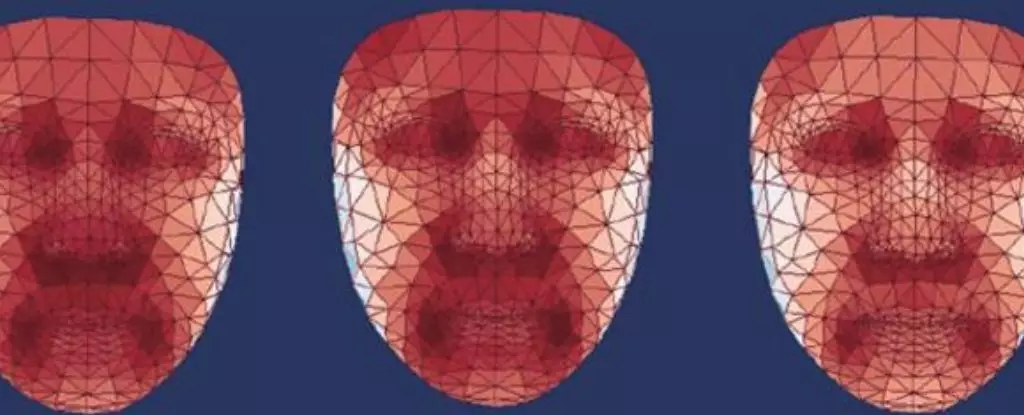In a groundbreaking study conducted by scientists in China, the potential of using facial heat patterns to monitor aging and screen for certain diseases has emerged as a promising tool for early detection. By analyzing the thermal data of 2,811 Chinese participants ranging from 21 to 88 years old, researchers were able to train an artificial intelligence program to identify key facial thermal patterns associated with aging. For example, the temperature of the nose was found to decrease with age at a faster rate compared to other areas of the face, while the temperature around the eyes tended to increase with age. These findings suggest that individuals with warmer noses and cooler eye areas may have a slower facial ‘biological clock’.
It was discovered that an individual’s thermal profile was closely linked to lifestyle factors and metabolic health. Participants with diabetes exhibited a facial thermal profile that was on average more than six years older than their healthy counterparts of the same age. Furthermore, the machine learning model developed in the study was able to accurately predict the presence of metabolic disorders such as fatty liver disease or diabetes based on a person’s facial thermal map with over 80 percent accuracy. Individuals with high blood pressure also showed distinct thermal patterns, such as increased temperatures in the eye and cheek areas. Males with hypertension typically had colder noses in comparison.
The implications of these findings are significant, as thermal facial imaging could potentially revolutionize early disease diagnosis and intervention. According to Jing-Dong Jackie Han from Peking University in China, the strong association between the thermal clock and metabolic diseases makes this technology a valuable tool in clinical settings. Previous facial imaging models were unable to predict these conditions, highlighting the unique potential of thermal facial imaging in healthcare.
While the study showcases the promise of thermal facial imaging, there are inherent challenges and limitations that need to be addressed. The research was conducted on a sample of participants from China, raising questions about the generalizability of the results to other populations. Additionally, factors such as environmental influences and emotions can impact facial heat emission, requiring careful consideration in future studies. Despite these obstacles, the researchers are optimistic about the potential of thermal facial imaging in predicting healthy aging and disease risks.
Further research is needed to validate and elucidate the associations between facial thermal imaging and health outcomes. Preliminary findings suggest that changes in facial temperature may be linked to cellular activity related to inflammation, providing valuable insights into the aging process. In a separate study involving exercise, participants who engaged in regular jump rope sessions were able to reduce their thermal age by an average of five years, highlighting the potential impact of lifestyle interventions on aging.
Thermal facial imaging represents a cutting-edge approach to monitoring aging and detecting disease risks early on. By analyzing subtle changes in facial temperature, researchers are paving the way for a new era of personalized healthcare. While there are challenges to overcome and further research to be done, the potential benefits of this technology are undeniable. As advancements in artificial intelligence and healthcare continue to evolve, thermal facial imaging may soon become a mainstream tool for enhancing overall well-being and longevity.



Leave a Reply